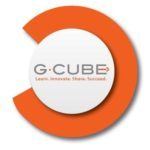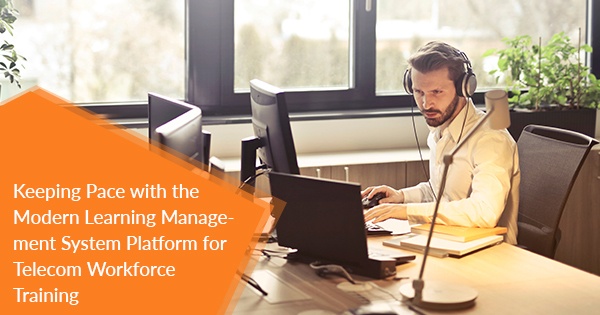Search for...
LMS Bookmarks
Published Bookmarks


July 5, 2022
by
Acorn PLMS
Procuring a new LMS is no easy feat, least of all because you need to get your buying group on the same page. Build consensus by finding a ‘common thread’ to rally behind and having encouraging answers for the questions that will be thrown your way.


July 5, 2022
by
Acorn PLMS
There are many steps involved in buying enterprise software and a new LMS can gain much attention given the organisation-wide impact it can have. No matter which scenario you face for procurement, a lot of questions will be sent your way, and you need to answer them well.


June 29, 2021
by
Acorn PLMS
LMS integrations make the eLearning experience better, acting as a bridge between your LMS and external apps. It is key to consider the different types of integrations and complications which may arise.


June 29, 2021
by
Acorn PLMS
Despite the similar acronyms, an LMS and LCMS are different things. There are several characteristics which separate the two. If you’re considering an LCMS, there are multiple features you want to compare to ensure you get the right one.


June 29, 2021
by
Acorn PLMS
An effective LMS software comparison strategy is multifaceted. Read this article to ensure you have the right procedure in place.


June 29, 2021
by
Acorn PLMS
An LMS features comparison is integral to matching your business needs to your LMS needs. Here is a list of the most common LMS features.


November 30, 2020
by
Anju Singh
You need to deploy the powerful cloud based LMS that facilitate the learning experience for individuals and organizations.


August 5, 2020
by
Anju Singh
The focus is on delivering performance-based learning solutions that boost workforce engagement, training ROI, and organizational productivity.
 LMS For New-Age Learners: What Should You Look For?
LMS For New-Age Learners: What Should You Look For?
Looking for a new LMS or migrating to a better one? Check out this infographic to learn the features your new-age LMS should have!


May 27, 2020
by
Anju Singh
Telecommunication is one of the most crucial sectors across the globe. The industry involves ample policies, protocols, and standards to consider.
Upcoming LMS
Bookmarks All
Bookmarks All
Submit Bookmark



